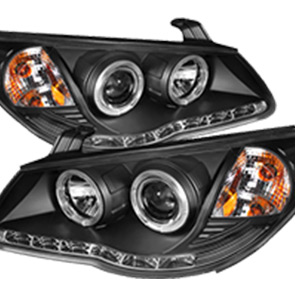clutch master cylinder hose
Understanding the Clutch Master Cylinder Hose A Key Component of Your Vehicle's Hydraulic System
When it comes to the intricate working of a vehicle's transmission system, the clutch master cylinder hose plays a crucial role in ensuring smooth operation. This essential component is part of the hydraulic transmission system that links the driver's foot pedal to the clutch. Understanding its function, construction, and maintenance can help you appreciate how it contributes to the overall performance of your vehicle.
What is the Clutch Master Cylinder Hose?
The clutch master cylinder hose is a flexible tube that connects the clutch master cylinder, located near the driver's foot pedal, to the clutch slave cylinder situated near the transmission. The primary purpose of this hose is to transport hydraulic fluid from the master cylinder to the slave cylinder, which, in turn, disengages the clutch when the pedal is pressed. This process allows the driver to change gears smoothly without stalling the engine or damaging the transmission.
How Does it Work?
When you press the clutch pedal, the clutch master cylinder generates hydraulic pressure. This pressure travels through the clutch master cylinder hose to the slave cylinder, which activates the clutch release bearing or fork, disengaging the clutch plate from the flywheel. This hydraulic operation is critical for seamless gear shifts in manual transmission vehicles.
A key advantage of this hydraulic system is that it provides better modulation and control compared to traditional mechanical linkages. The hydraulic fluid acts as a conduit, enabling the driver to apply a significant amount of force using a relatively light pedal effort.
Construction of the Clutch Master Cylinder Hose
The clutch master cylinder hose is typically made from durable materials, such as rubber or reinforced synthetics, designed to withstand high pressure and temperature variations. The inner lining of the hose is resistant to the hydraulic fluid, often a specialized type of brake fluid, which can be corrosive. Additionally, the external part of the hose is usually braided to protect against wear, abrasion, and environmental damage.
clutch master cylinder hose

Modern vehicles may use a pre-formed hose assembly, ensuring a perfect fit and minimizing the risk of leaks. Some systems incorporate quick-connect fittings, making installation and removal easier for mechanics during maintenance or repair.
Importance of Maintenance
Like any other component of a vehicle, the clutch master cylinder hose requires regular inspection and maintenance. Over time, hoses can degrade due to exposure to heat, fluid, and environmental factors. Signs of a failing hose may include leaks, a spongy pedal feel, or difficulty shifting gears. If you notice any of these symptoms, it’s vital to inspect the hose promptly.
Regularly checking the hydraulic fluid levels is also essential. Low fluid levels can lead to inadequate hydraulic pressure, resulting in poor clutch performance. It is advisable to have the hydraulic system inspected during regular vehicle maintenance or if you're experiencing shifting issues.
Replacing the Clutch Master Cylinder Hose
If a clutch master cylinder hose needs to be replaced, it's important to choose a high-quality replacement part. Selecting an OEM (original equipment manufacturer) part ensures compatibility and performance. The process typically involves draining the hydraulic fluid, disconnecting the old hose, and installing the new one. It’s crucial to bleed the hydraulic system afterward to remove any air bubbles that could cause sponginess in the clutch pedal.
Conclusion
The clutch master cylinder hose may be a small component in the grand scheme of your vehicle's transmission system, but its role is undeniably vital. By facilitating the hydraulic actuation of the clutch, it ensures that you can shift gears smoothly and safely. Regular inspection and maintenance of this hose, along with understanding its function, can lead to enhanced vehicle performance, prolonged component life, and ultimately, a better driving experience. Whether you are a car enthusiast or a daily commuter, taking care of this crucial part of your vehicle’s system will pay dividends in reliability and performance.
-
Upgrade Your Control with Premium Throttle CablesNewsAug.08,2025
-
Stay in Control with Premium Hand Brake CablesNewsAug.08,2025
-
Experience Unmatched Performance with Our Clutch HosesNewsAug.08,2025
-
Ensure Safety and Reliability with Premium Handbrake CablesNewsAug.08,2025
-
Enhance Your Vehicle with High-Performance Clutch LinesNewsAug.08,2025
-
Elevate Your Ride with Premium Gear CablesNewsAug.08,2025
